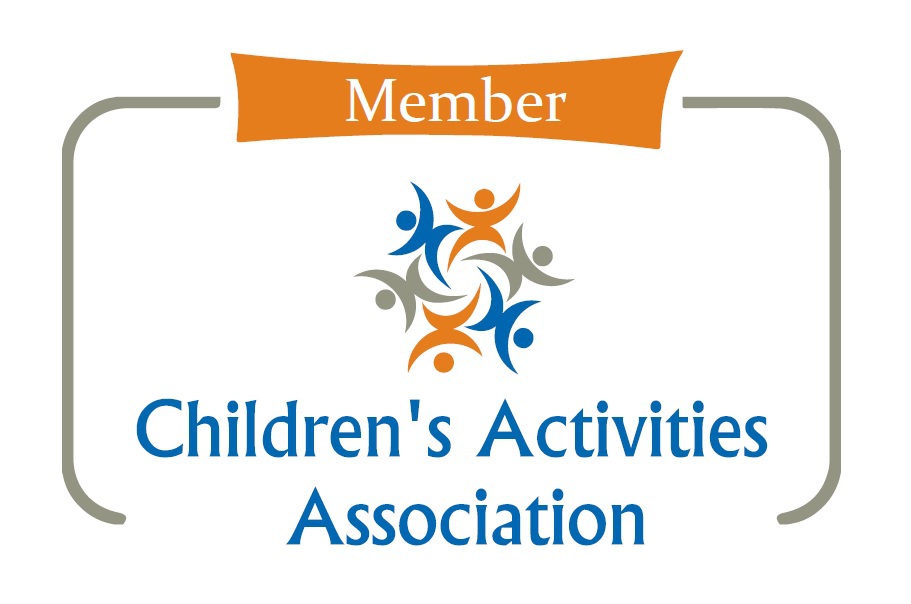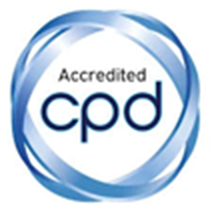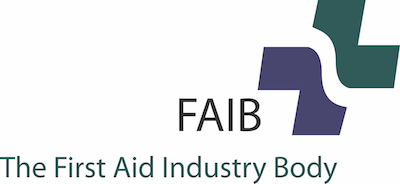Pregnancy and early motherhood are incredible, emotional, and at times overwhelming experiences. Your body is doing amazing things - growing a whole new human, no less - but let’s be honest, it’s not without its challenges. Two of the most common (and sometimes confusing) conditions that can sneak up on you during this time are anaemia and mastitis.
We chat to Cathy Tabner, expert midwife at My Expert Midwife, about these two often misunderstood conditions. Cathy is now retired and has been a nurse, midwife, antenatal teacher and breastfeeding specialist for decades - and now a grandma too! She shares her wealth of knowledge to help you spot the signs early, know what to do, and feel empowered through your journey.
We’ve summarised Cathy’s brilliant advice below to help you better understand anaemia in pregnancy and mastitis while breastfeeding.
What is anaemia, and why is it so common in pregnancy?
Anaemia is a condition where your body doesn’t have enough iron to make haemoglobin - the protein in red blood cells that carries oxygen around the body. And during pregnancy, your iron requirements skyrocket. Your blood volume increases, your baby needs iron for growth, and you might even be carrying twins (who will demand double!).
While anaemia can affect anyone, it’s especially common during pregnancy. In fact, Cathy shares that around 35–40% of pregnant women in the UK experience some degree of iron deficiency.
How do you know if you’re anaemic?
Common symptoms include:
- Feeling exhausted, even after a decent night’s sleep
- Paleness, especially around the lips, eyelids and gums
- Breathlessness or feeling faint when you stand up
- Brain fog or difficulty concentrating
- Low mood or feeling low in energy
If these sound familiar, don’t ignore them. Ask your midwife for a blood test.
Why anaemia in pregnancy isn’t just about feeling tired
Here’s where Cathy gets passionate (and rightly so). Low iron levels don’t just zap your energy - they can have serious knock-on effects. Anaemia in pregnancy has been linked to:
- Low birth weight
- Preterm birth
- Postnatal depression
- Higher risk of postpartum haemorrhage (PPH)
- Infections, due to a reduced ability to fight them
- Difficulty establishing breastfeeding
That’s why catching and treating anaemia early is so important.
Can I eat my way out of anaemia?
In a word: no - not if you’re already anaemic at your booking appointment. Cathy is clear on this. While a healthy diet is important, it simply can’t meet the high iron demands of pregnancy once you’re deficient.
Here’s what to know:
- Red meat is the best dietary source of iron (it contains haem iron, which is easily absorbed).
- Leafy greens and pulses also contain iron, but it’s harder for your body to absorb.
- Add vitamin C to meals (like a small glass of orange juice or peppers in your salad) - it can boost iron absorption by 40%.
- Avoid tea and coffee with meals - tannins reduce iron absorption.
- Spinach? Not your iron-rich hero! It contains oxalates that actually reduce iron uptake. (Sorry, Popeye.)
Supplements are your friend
If you’re told you’re anaemic, your midwife will likely prescribe an iron supplement - often ferrous sulphate or ferrous fumarate. These are effective but can cause side effects like nausea or constipation.
Cathy’s top tips:
- Take iron on an empty stomach first thing in the morning (an hour before breakfast if you can).
- Pair it with 150ml of orange juice for a vitamin C boost.
- Constipated? Use lactulose (safe in pregnancy) or increase your fibre and fluids.
- Struggling with symptoms? Try taking your iron every other day - studies show it still works and may be better tolerated.
- Still struggling? Ask your midwife or GP about switching formulations.
What about anaemia after birth?
Anaemia doesn’t disappear the moment your baby is born. In fact, blood loss during labour or C-section can leave many new mums with low haemoglobin levels.
This can make you feel awful postnatally and can delay recovery, interfere with breastfeeding, and increase infection risk. Cathy urges all mums to continue eating well and taking iron if advised, especially if you feel unusually weak, dizzy or tired.
If you’re planning to breastfeed, iron plays a key role in milk production. So don’t skip those supplements - you need that energy!
Quick tips to boost iron:
- Add lentils or beans to soups and stews
- Cook in a cast iron pan (it actually increases iron in your food!)
- Snack on dried fruits like apricots (they’re iron-rich)
- Choose fortified cereals
- Continue your pregnancy supplements post-birth, if advised
Understanding mastitis: More than just a breast infection
Mastitis is often thought of as an infection of the breast, but according to Cathy, we’ve been getting it wrong for years. Thanks to updated research in 2022, we now know that mastitis is more of a spectrum, starting with inflammation and only occasionally becoming an infection.
About 1 in 3 breastfeeding mums will experience it - often in the first few weeks as milk supply establishes.
Early signs of mastitis:
- One breast feels hot, swollen, painful, or hard
- Redness on light skin or darkening on darker skin
- You feel run-down or like you’re coming down with flu
- Possible fever or chills
- Baby may struggle to latch due to breast engorgement
If you notice these signs - act quickly. The earlier you tackle inflammation, the more likely you’ll avoid infection and antibiotics.
So, what should you actually do?
Here’s Cathy’s updated advice on mastitis treatment at home:
- Keep feeding - but start on the non-sore breast so baby isn’t too frantic
- Apply cold (not heat!) - think cold compresses, frozen peas, chilled gel pads
- Savoy cabbage leaves (yes, really!) chilled in the fridge, applied for 20 mins, twice a day
- Take ibuprofen if you can (it’s an anti-inflammatory and perfectly safe while breastfeeding)
- Try manual lymphatic drainage - a gentle massage technique that helps move fluid and reduce pressure
- Rest - easier said than done, we know, but absolutely vital
What about pumping?
Gentle expressing can help relieve pressure, but Cathy warns not to overdo it. Don’t aim to “empty the breast” - instead, express just enough for comfort, ideally no more than 2–3 minutes.
The truth about mastitis and infection
If things don’t improve within 24–36 hours, speak to your midwife or GP. Antibiotics may be needed in a small percentage of cases, especially if there’s fever, increasing pain, or signs of an abscess.
But with the right early response, many women avoid antibiotics entirely.
What else can help?
Cathy recommends keeping these mastitis-friendly items on hand:
- Silver nipple cups - they’re naturally antimicrobial
- Silicone nipple shields - newer research says they’re safe and help reduce nipple trauma
- Probiotics - specifically containing Lactobacillus fermentum and Lactobacillus salivarius
- Sunflower lecithin supplements - help prevent blockages and keep milk flowing
Can you prevent mastitis?
Sometimes mastitis happens no matter how careful you are. But you can reduce your risk by:
- Ensuring a deep latch and comfortable positioning
- Avoiding long gaps between feeds
- Responding to early signs quickly
- Being gentle with your breasts - no heavy massaging or pummelling
- Wearing non-restrictive bras
- Staying well-rested and hydrated (easier said than done, we know!)
 In Cathy’s words: what should every mum remember?
In Cathy’s words: what should every mum remember?
On anaemia:
“If your midwife tells you you’re anaemic at booking, your diet alone cannot fix it. Get on the supplements and take them regularly - it’s vital for you and your baby.”
On mastitis:
“Mastitis is usually inflammation, not infection. Act quickly - cold compresses, ibuprofen, keep feeding, and don’t forget manual lymphatic drainage. Antibiotics are rarely needed if you respond early.”
What can you do now?
- If you’re pregnant or a new parent, have a chat with your midwife about your iron levels.
- Look out for symptoms of anaemia and mastitis - early action makes all the difference.
- Bookmark this blog, save it, share it with your antenatal group or NCT pals. You never know who might need it at 2am!
Mini First Aid is proud to support families from pregnancy through to parenting. We believe that knowledge is power, and we hope Cathy’s incredible advice helps you feel informed, empowered and supported.
For more family health topics, follow us on Facebook and/or Instagram, sign up to our newsletter, and of course - subscribe to the Family Health podcast.
Listen to the podcast
Listen to this episode of the Family Health by Mini First Aid podcast – available on all major platforms, or watch on YouTube.
The pocket hero for bites and stings
Say goodbye to the panic of bites and stings when you’re out and about - this genius little gadget fits in your pocket, changing bag or backpack and instantly releases a soft bamboo wipe soaked in organic apple cider vinegar for quick, soothing relief. Biodegradable, recyclable, and available in a handy box of four, WASuP is the fuss-free, leak-free essential for every age and every adventure.









